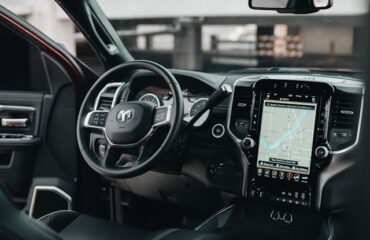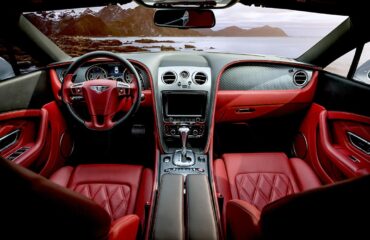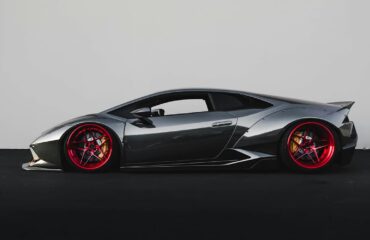Vehicle design is a complex and multifaceted process that requires a combination of engineering skills, creativity and modern technology. In the age of digital innovation, this process has undergone significant changes, becoming more efficient and accurate.
Research and Concept
The design of any automobile begins with the research and conceptualization phase. During this period, engineers and designers study market trends, consumer demands and analyze competitors.
Design
Once the concept is defined, the design team starts creating the visual appearance of the car. This stage includes several sub-stages:
- Sketches and drawings: Designers create initial sketches and drawings, envisioning the general lines and shapes of the future car.
- 3D modeling: Using software (e.g. Autodesk Alias, Blender), three-dimensional models of the car are created, which allow for a detailed study of its appearance and ergonomics.
- Virtual Reality (VR): The use of VR technology allows designers and engineers to “immerse” themselves in a virtual model of the vehicle, evaluating it from different angles and lighting conditions.
Engineering design
The engineering design phase creates technical drawings and schematics that define the vehicle’s design. Major areas of work include:
- Chassis and body design: Engineers design the main structural elements of the vehicle, taking into account safety and strength requirements.
- Systems and Components: Design of all vehicle systems, including engine, transmission, braking system, suspension, and electronic systems.
- Computer Modeling Analysis: Computer modeling programs (e.g., ANSYS, SolidWorks) are used to analyze material strength, aerodynamics, and thermal performance.
Prototyping
After the engineering design is completed, prototypes of the vehicle are created. Prototypes can be either physical or virtual:
- Physical prototypes: Are created from drawings and 3D models using a variety of materials. Prototypes allow the vehicle to be tested under real-world conditions.
- Virtual prototypes: Using virtual reality and augmented reality technologies to test and optimize designs without the need for physical models.
Testing and validation
Prototypes undergo extensive testing including:
- Safety Tests: Crash tests, stability testing and safety systems analysis.
- Performance tests: Checking the engine, transmission and other systems to ensure that they meet specified performance.
- Ergonomic tests: Evaluating the comfort and usability of the vehicle.
Preparing for production
When the prototypes have undergone all the necessary tests and refinements, preparations for series production begin:
- Developing production processes: Defining all stages of vehicle assembly and selecting the appropriate equipment.
- Setting up production lines: Organizing production facilities, purchasing materials and components.
- Quality control: Implementing quality control systems to ensure that all vehicles meet standards and requirements.
Vehicle design is a complex and multi-component process involving many steps and the use of modern technology. With the development of digital tools and techniques, design is becoming more accurate, faster and more efficient. This makes it possible to create vehicles that meet the highest consumer demands and safety standards. Whether we are talking about classic models or the latest electric vehicles, the design process remains a key step in the creation of every new vehicle.





